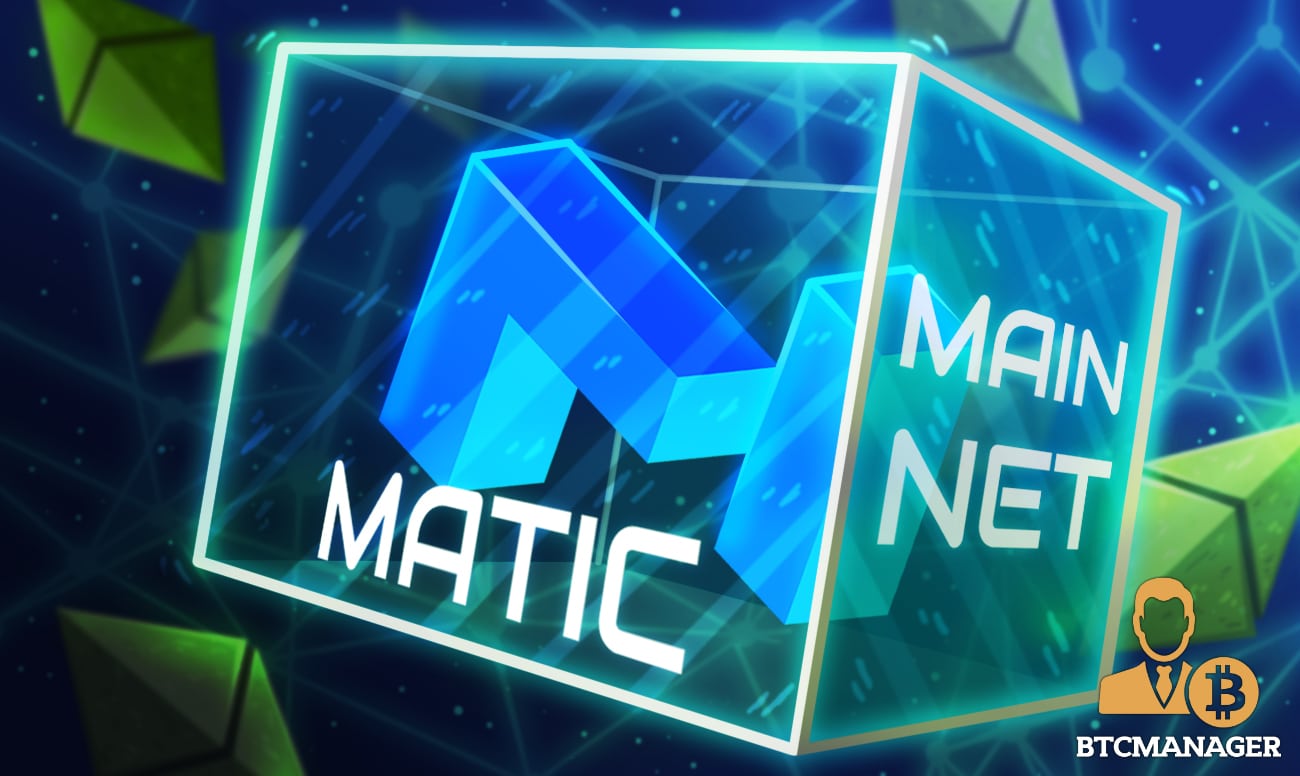Matic Network (MATIC) Mainnet Goes Live

The Matic Network mainnet was launched on May 31, 2020, after 2.5 years in development.
Marking an important milestone, the release of the first version of the network’s mainnet also triggers the second phase. The Betav2 and Alpha mainnets have now been retired.
Matic Network and Interoperability
The Matic Network is a Layer-2 blockchain scaling solution built on Tendermint. It is interoperable with Ethereum but other base-chains like Tron or EOS will be added over time.
To resolve scaling–and to achieve high throughput, it uses permissionless sidechains.
However, for security, Matic depends on the Plasma Framework and the on-chain delegated Proof-of-Stake (dPoS) consensus algorithm.
The Plasma Framework is used to guarantee the security of tokens in Ethereum. Generic transactions will be secured by decentralized validators.
Besides, Matic developers are also focused on improving usability without compromising decentralization. In the spirit of community, members will play a huge role by contributing code and picking out bugs.
Node On-boarding and Delegation
In the first stage leading to the mainnet launch, only Matic Foundation nodes and invited validators participated in the onboarding of the Genesis Ceremony. Presently, the Matic Foundation is now in charge of the network and will fix errors should they arise.
For a smooth deployment, developers chose to activate the blockchain in steps stretching over several weeks. The activation is, therefore, the culmination of work that began in mid-May.
At that time, nodes were on-boarded, the Genesis Ceremony activated, and the mainnet later released with select validators. The goal was to ensure that the network remains functional and dApps launched without affecting performance even if there are glitches.
Matic Network is now ready for the second phase. At this stage – of which there is no specific timeline) – it will begin onboarding external nodes.
Between five to 10 nodes will be approved at any point in time.
Decentralization and Community Governance
In the final phase, the Matic Foundation nodes and all delegations of those nodes will be switched off. Then, all delegators will be required to re-delegate to public validators. The aim will be to further decentralize the network and to build the foundation for community governance.














